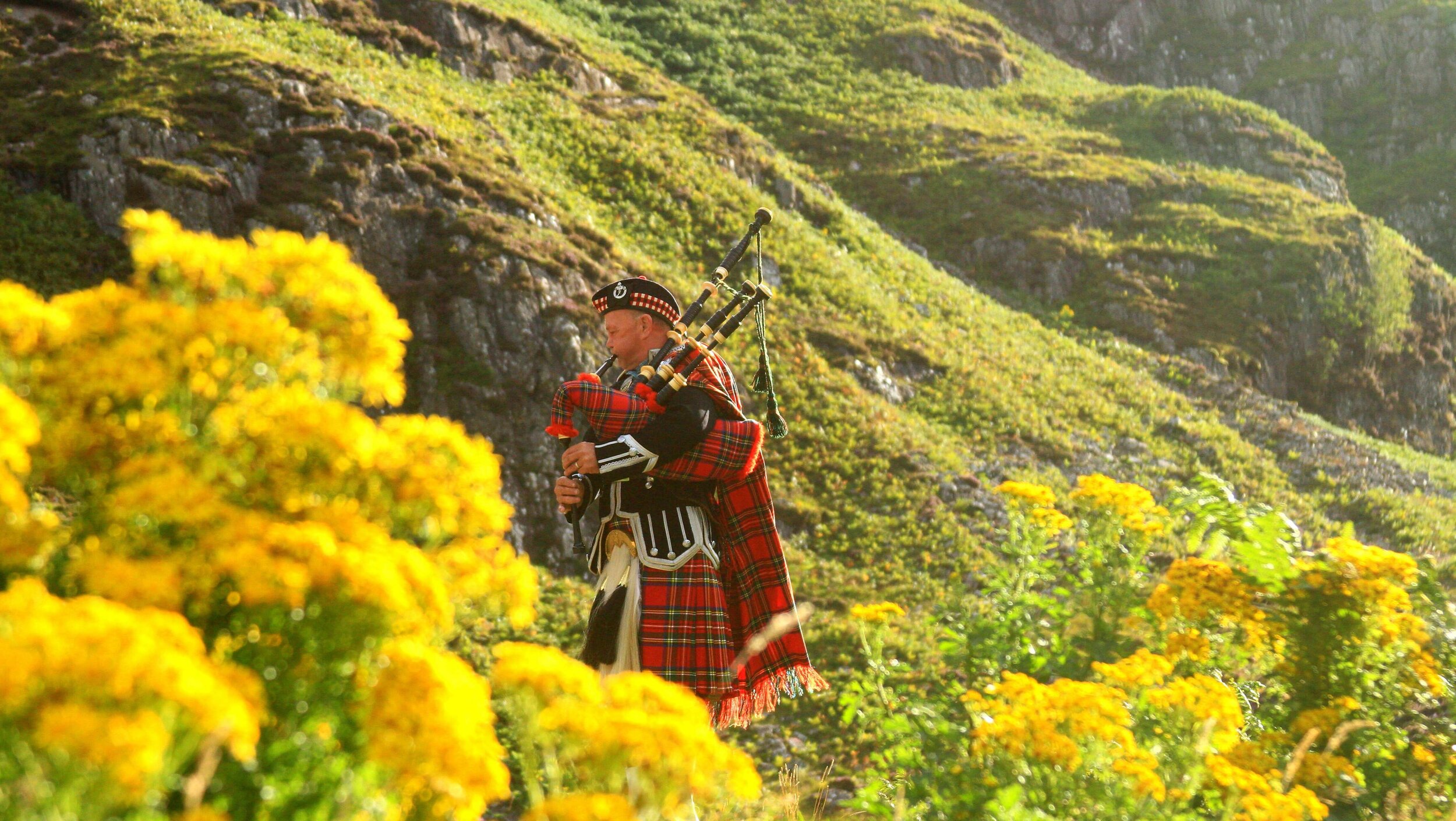11 facts about Scotland that every kid should know
There’s a lot to learn about Scotland regardless of how old you are. Here are several surprising facts about Scotland, from wolves to the earliest sightings of the Loch Ness Monster.
1. The world’s shortest commercial flight
LoganAir operates the world’s shortest commercial flight between Westray and Papa Westray in the Orkneys. The journey is 1.7 miles and takes 90 seconds! The alternative way to make this journey is the direct ferry which takes 25 minutes and goes 5 times a day.
2. There are around 3000 castles in Scotland
Of course, it all depends on what you mean by a castle. Some people say it is the home of a laird (a Scottish nobleman) built with defenses but others see a castle as a pile of stones on a site where local tradition claims there was once a castle.
Here are some other castle facts:
The largest castle that people live in is Floors Castle near Kelso
Castle Sween in Argyll is thought to be the oldest castle still standing. It was built in around 1100 (which is 920 years old!)
The best castle in Scotland… is up to you to decide. You might have to visit a few before you find your favourite.
3. The national animal of Scotland is the unicorn.
Is this because the unicorn is brave and noble like the Scottish people? Or because the unicorn is said to be the only creature which can defeat a lion, the national animal of England?
4. First recorded report of a sighting of the Loch Ness Monster was in 565
The first report on a ‘water beast’ appeared in Adomnan’s account of the life of St Columba. St Columba was staying near Loch Ness and heard of a man who had been killed by a water monster. He asked one of his followers to swim across the water and when the monster appeared St Columba made a holy sign and ordered it to leave. The creature disappeared and everyone agreed it was a miracle. The next significant sighting was made in 1933…...
5. Bagpipes were brought to Scotland by the Romans
Although bagpipes are seen as essentially Scottish, they are known in other parts of the world and probably originated in Egypt. The Roman Emperor Nero was apparently a skilled bagpipe player. Bagpipes became an important part of the clan life and the clan piper would lead the clan into battle. After the defeat of Bonnie Prince Charlie at the Battle of Culloden in 1746, bagpipes were classified as ‘an instrument of war’ and banned by the English Parliament.
6. Scotland was once joined to Greenland and America
600 million years ago the landmass which is now Scotland was linked to Greenland and America while England was joined to the rest of Europe. Eventually the two landmasses broke away and then joined to form the island later known as Great Britain.
7. Over 900 islands are part of Scotland
There are over 900 islands in Scotland although not all of them have people living on them. The islands are in groups - the Inner and Outer Hebrides, the Orkneys and the Shetlands. The largest island is Lewis and Harris (that’s one island despite sounding like two) which covers an area of 2,179 sq km. Inner Holm in the Orkneys has one permanent resident. And the smallest island - that all depends on how many stones emerging from the sea you think it takes to make an island!
8. Red hair is more common in Scotland than in any other country
This is thought to be because of the Viking invaders who came to Scotland. People with red hair are able to make their own vitamin D and this is pretty important in a land where there is so little sunlight in the winter. Blue eyes are also more likely to be found in Scotland.
9. Scotland is home to the world’s tallest hedge
The Meikleour Beech Hedge, four miles south of Blairgowrie, is the longest hedge in Britain and the highest of its kind in the world. Recognized by the Guinness Book of Records as the highest hedge in the world, the Meikleour Beech Hedge was planted in 1745 and is one third of a mile long (530 m) and 100 ft (30 m) high.
In 2018 the owners wanted to get it trimmed - the quote was for £90,000!
10. Scotland’s alternative national drink is Irn Bru
Irn Bru is the most popular soft drink in Scotland and it is claimed that 20 cans are sold every second. It was invented in 1901 and has 32 ingredients which includes quinine (which is a medicine to prevent malaria), caffeine, sugar and a distinctive yellow dye. The recipe is a closely guarded secret, known to only 3 people. It contains iron (0.0002 percent ferric citrate) but isn't brewed. Irn Bru is banned in Canada (too many additives) and has its own tartan.
11. Wolves used to roam in the Highlands
Wolves were found in Scotland until 1680 when the last one was killed in Killiecrankie in the Highlands. There are plans to reintroduce them into Scotland but the idea is quite controversial. Farmers are worried about the possible dangers to their livestock and fencing the animals into an area is difficult because of the Right to Roam laws. The reintroduction is inspired by the programme in Yellowstone National Park where the wolves helped to restore the landscape ruined by being overrun by grazing animals.
Want to learn more about Scotland?
Why not try our Scotland workbook? It’s 48 pages of educational puzzles and research activities for curious kids aged 7-12.
The workbook is available in printed or digital format and includes 18 activities and 3 physical challenges.
To purchase a copy of the Scotland workbook, visit our Shop.


